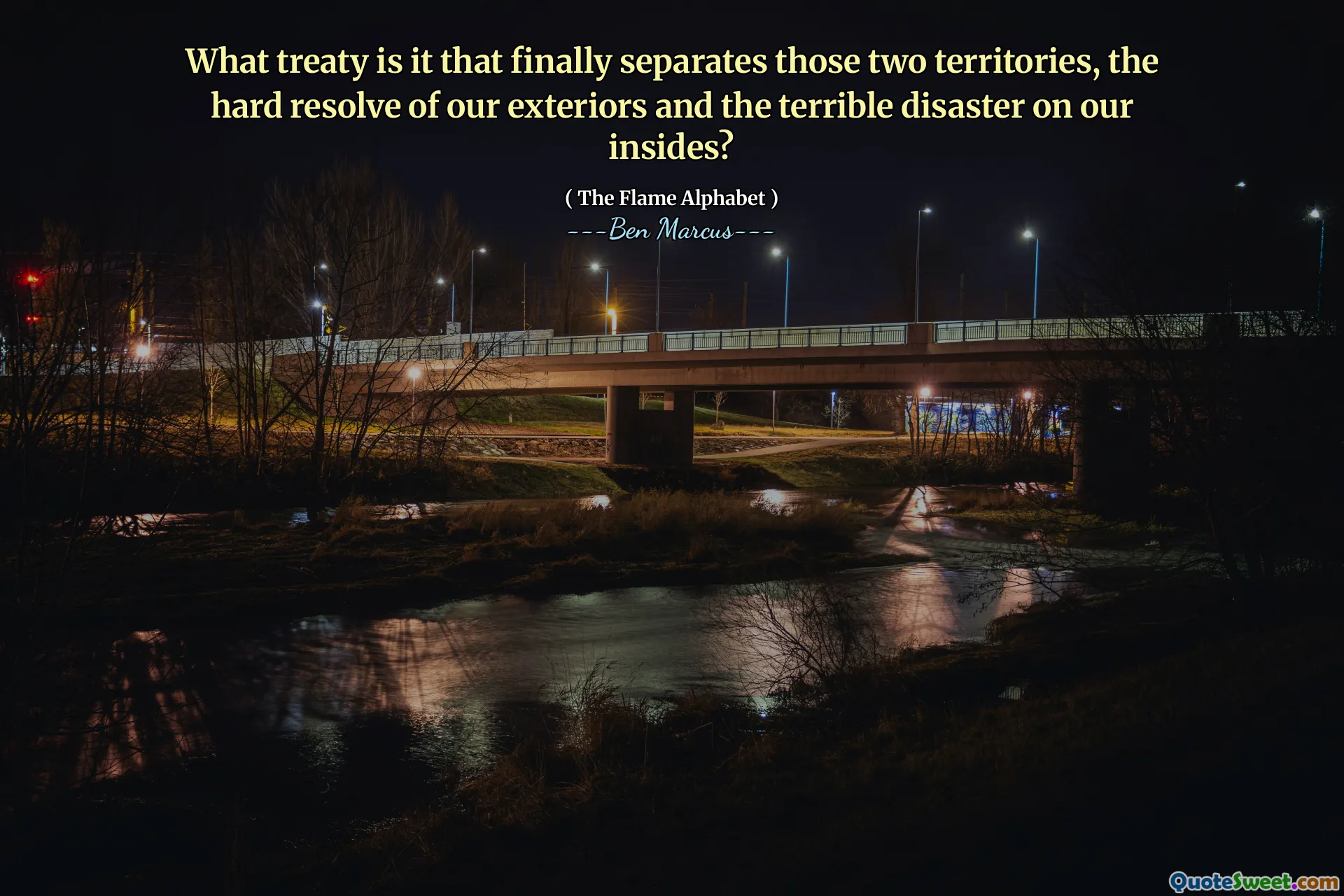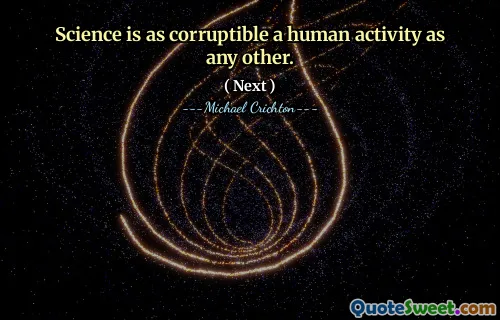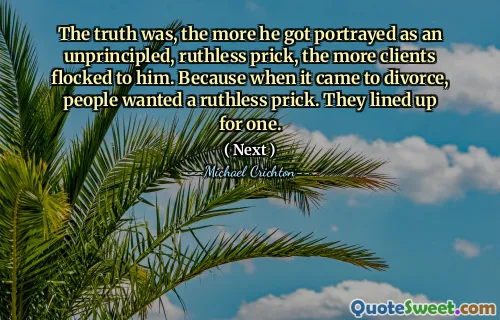
What treaty is it that finally separates those two territories, the hard resolve of our exteriors and the terrible disaster on our insides?
This quote probes the profound division within human experience—the external facade we maintain versus the internal turmoil we often conceal. The metaphor of a 'treaty' suggests an enforced or fragile agreement between these two states, emphasizing how sometimes, we try to impose boundaries or agreements to manage internal chaos that might otherwise spill over. It evokes a sense of conflict: on the one hand, a hardened external resolve that seems invincible and unyielding; on the other, the destructive forces simmering beneath the surface, perhaps representing inner trauma, emotional suffering, or psychological wounds. The language challenges us to consider whether such a peace or separation can truly be achieved, or if these internal battles are inherently inseparable from our identities. The mention of 'terrible disaster' hints at a turbulence that is both destructive and perhaps unavoidable, underlining the fragile veneer of composure most personas attempt to uphold. In essence, the quote may be reflecting on the human condition—our attempts to reconcile or hide internal pain, and the ongoing, often elusive, effort to forge peace within ourselves amidst chaos. It speaks to the universal struggle of emotional resilience and the complex negotiations we have with our inner worlds, which can sometimes feel as tumultuous as external conflicts.


